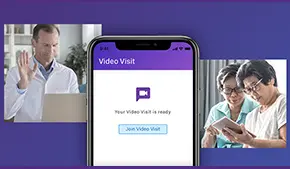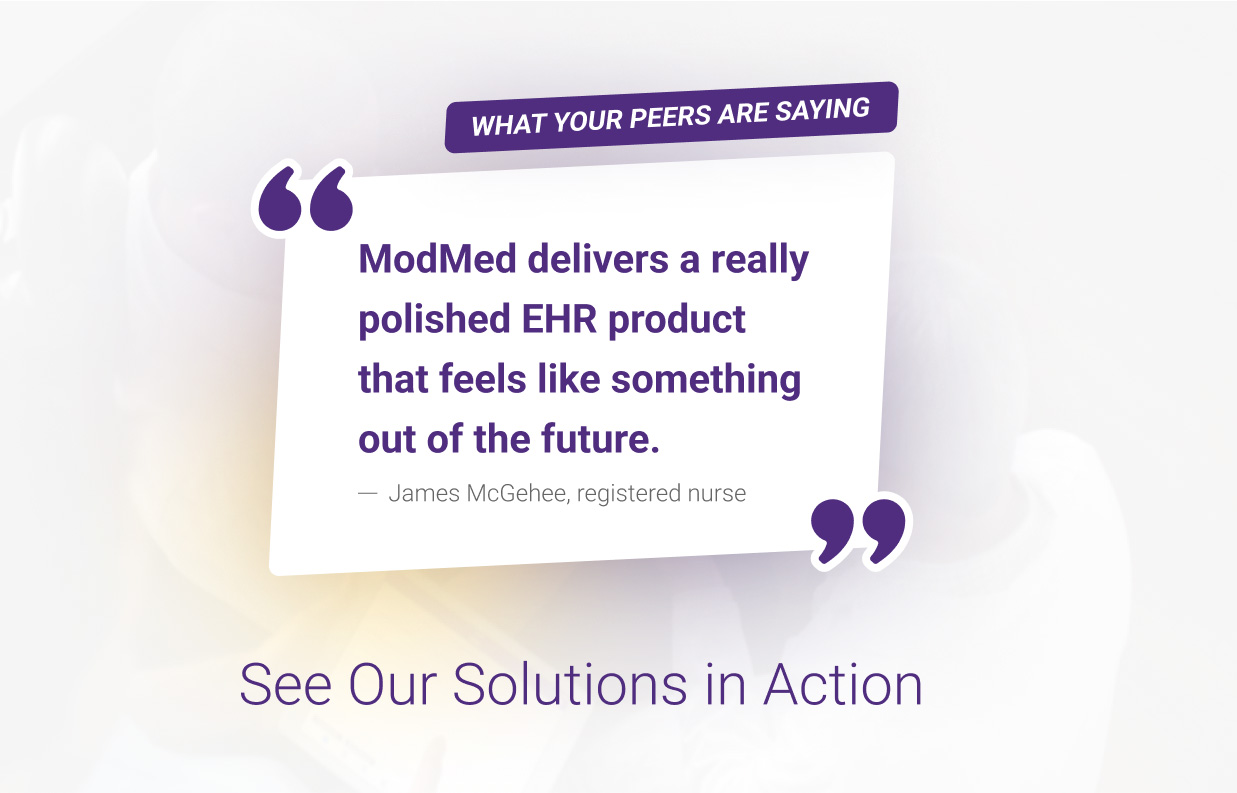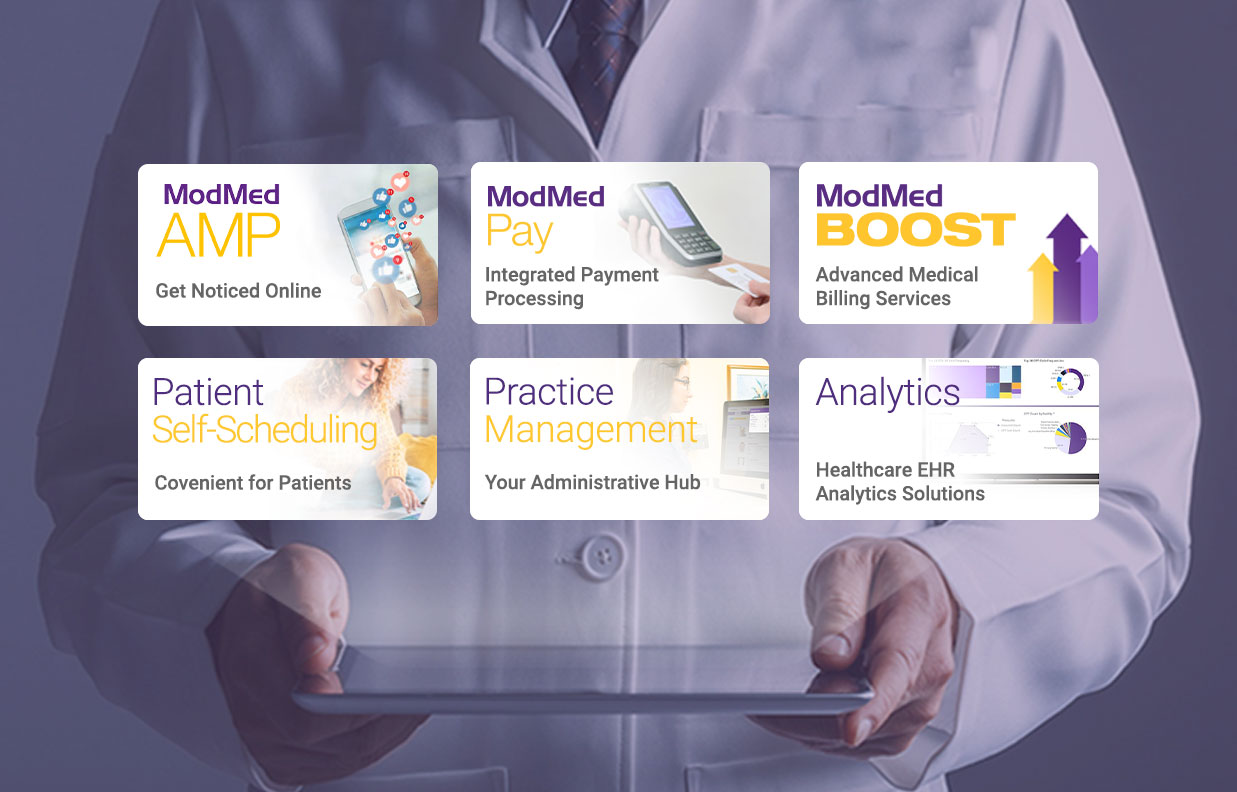Patient Collaboration Tools
Modern Technology to Simplify Communication for Patients & Staff
Discover tools to help streamline communication between your staff and patients.
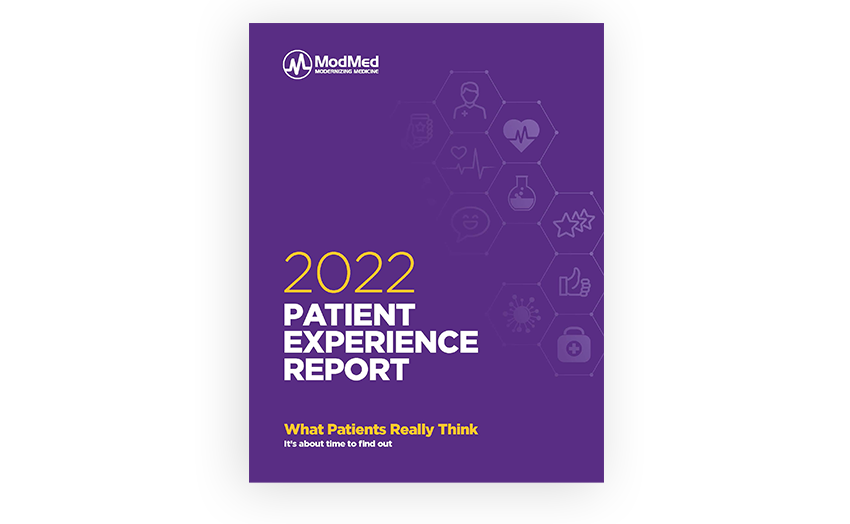
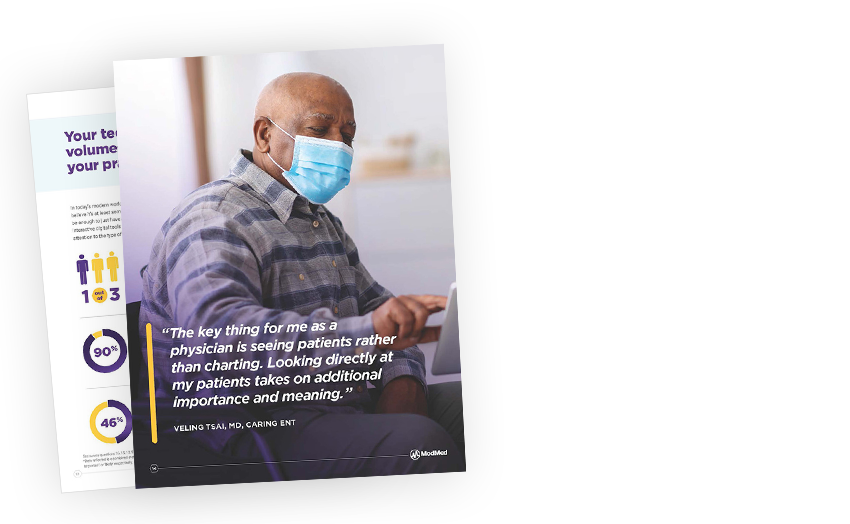
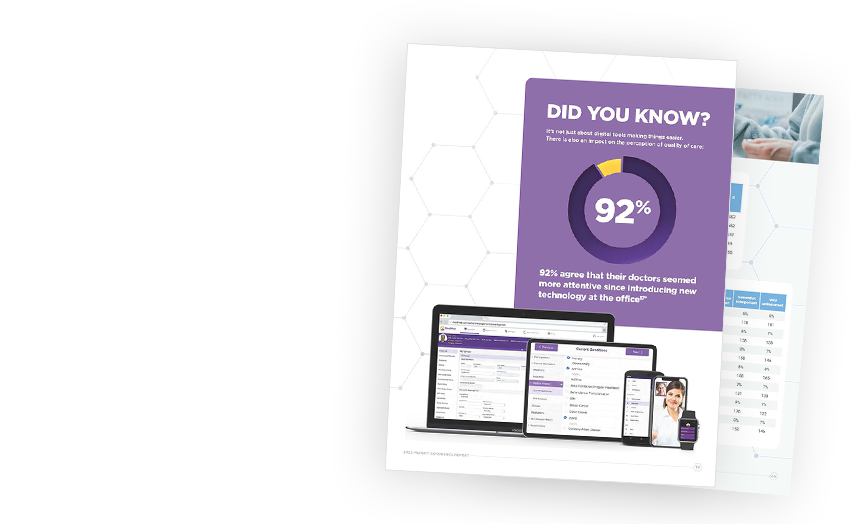
WHAT DO PATIENTS REALLY THINK?
You can’t afford to guess.
Simple to use, yet comprehensive enough to be truly effective, our Patient Collaboration tools take patient engagement to the next level. Built through our AI-powered Klara® engine, ModMed® helps practices eliminate phone tag, automate manual workflows and keep all info centralized, so your team can focus on patient care while we focus on the things that affect your revenue stream.
To Learn More About Each Product, Please Select From Below:
Klara
Reduce high call volume, help build patient trust with reliable messaging, and decrease staff inefficiencies by automating manual workflows and conversations using these key features of Patient Communication, powered by AI:
Enhanced Features by ModMed
Discover modern, convenient communication tools that can help streamline operations and keep patients engaged with their own care:
Streamline Patient Collaboration
Before, During and After the Appointment
In modern medicine, patient engagement isn’t enough. According to a patient engagement survey, the biggest challenge in improving overall patient health outcomes is delivery1. When patients lack the knowledge and tools to be proactive in managing their own care, many fail to adhere to prescribed treatments or don’t come in for services they need until it’s too late.
In short, patients need more from their care and you need a solution that saves you and your staff more time to provide that care. That’s what Patient Collaboration is all about.
With enhanced tools powered by ModMed and Klara, these innovative solutions transform phone volume into convenient two-way messaging and automate manual workflows, streamlining the experience via scheduling, appointment instructions, reminders, post-visit follow-ups and ongoing care.
On average, healthcare leaders and clinicians believe just
%
of their patients are highly engaged.2
Why Patient Collaboration Tools Matter
What does this mean for you and your practice EHR? It means that to support future success with patients and governmental regulations, you’ll want a strong patient engagement strategy supported by an innovative healthcare IT company. One that provides not only a variety of patient collaboration tools but also a powerful EHR that fosters effective interactions in the exam room.
Unify Your Patient Communication and Patient Workflows
Some of the most effective patient engagement initiatives involve giving you more ways to communicate with your patients, in the ways they prefer. At ModMed, our specialty-specific suites of products and services are designed to help you do exactly that—and more.
Our electronic health records (EHR) system, EMA®, together with our Practice Management system, is easy to use and can automate key functions to help you finish documenting exams faster and keep your practice running smoothly. For instance, they can automatically generate notes, ICD-10 codes and printable patient education handouts while the patient is still in the room.
When you have more time to focus on your patients instead of a computer screen and can talk to your patients in the channels they prefer, you can make them feel like an integral part of their healthcare process, not just a background character. All of this adds up to a better, more involved experience for your patients and your practice, increasing the value you provide with each visit while allowing simplified communication with staff. When you can get patients engaged from the start, they’re more likely to use patient collaboration tools later on and more empowered to make smart healthcare decisions. Plus, it can help add convenience and save time for both patients and staff.
See Our Patient Collaboration Tools in Action
Connect with one of our specialists today to see for yourself why more than 130,000 specialty medical professionals trust us to help them save time, simplify communication and improve the patient experience.




